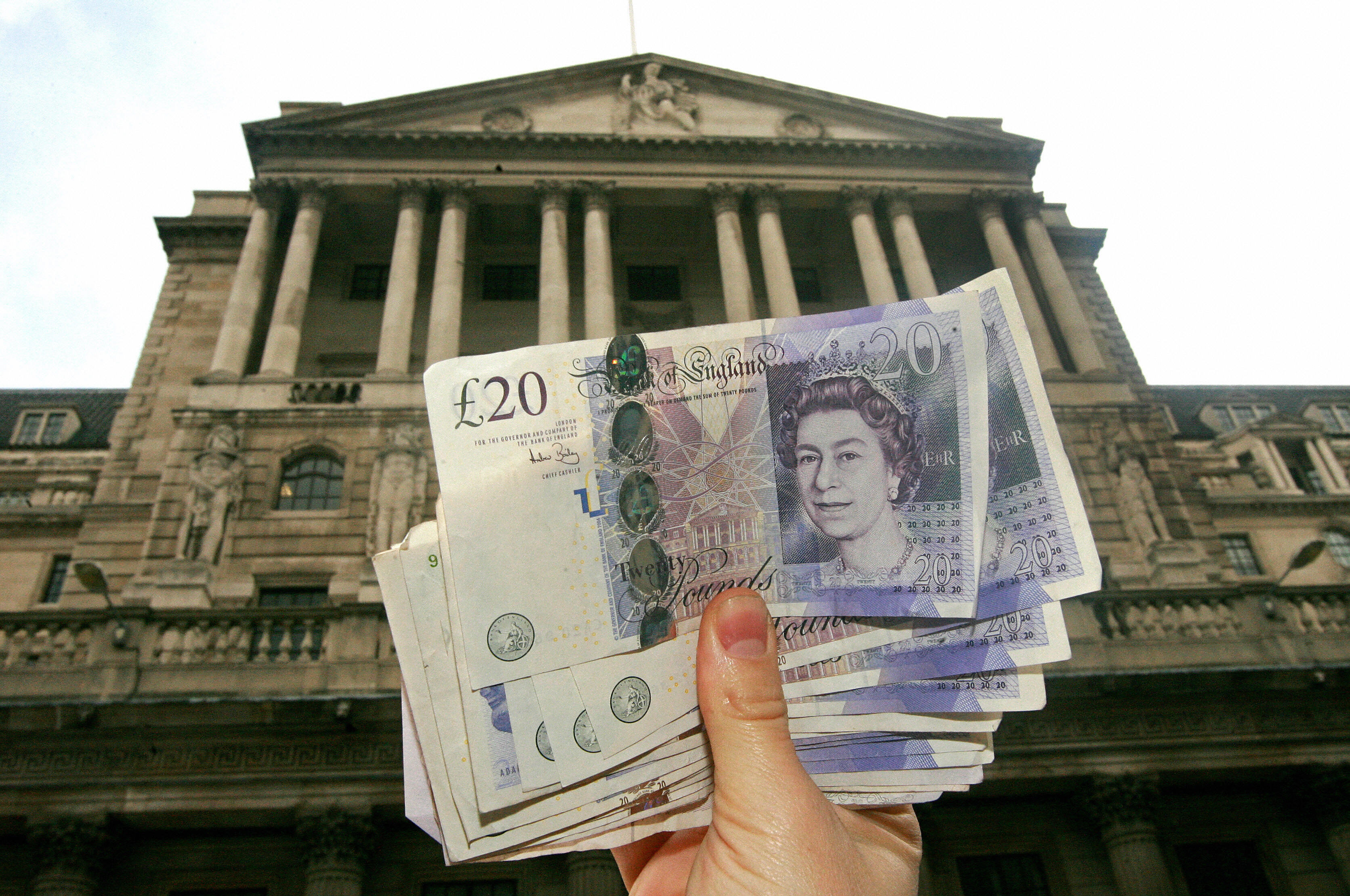Financial crises tend to see asset prices collapsing, making housing more affordable. But it’s been different this time because the authorities in the UK, and elsewhere, countered the crisis with low interest rates and quantitative easing. By slashing the cost of borrowing and flooding the system with liquidity, these policies set out to – and succeeded in – inflating asset prices. So we have seen the UK stock market and housing market rising at roughly the same amount in the last ten years. Taken together with weak wage growth, the result is that housing in the UK (as in many other countries) has become less affordable.
So what has been the result of these post-crash policies? How overvalued is UK housing – and how does it compare to house prices elsewhere? Two standard yardsticks compare house prices to rents and to incomes relative to long-term averages. At £223,000, the average UK house is almost ten times median annual earnings. The Organisation of Economic Cooperation and Development (OECD) estimates that UK housing is 30 per cent overvalued against incomes and 2 per cent overvalued against rents. In the US, it’s not so bad: house prices there have risen risen 34 per cent since early 2012, but the OECD estimates that US housing is 6 per cent undervalued against incomes.
In Southern Europe, it’s a different story. They have endured both a global financial crisis and their own sovereign debt crises. House prices in Greece, Italy, Spain, Ireland and Portugal have seen large falls and are way off pre-crisis levels. House prices in Greece and Spain are down 43 per cent and 28 per cent since the financial crisis. Irish house prices halved between 2008 and 2012 but are now just under a third lower than at the start of 2008. Europe’s most affordable housing market is Portugal where the OECD estimates housing is 13 per cent undervalued against incomes.
But as with any discussion about the UK housing market, it’s best to separate London. Deloitte’s analysis shows that houses in London, the East of England and the South East are the priciest, with the capital overvalued by 37 per cent against incomes. By contrast, houses in most of the remaining UK regions are actually undervalued – indeed, in much of the UK, affordability is closer to German, Italian or even Greek levels. Most strikingly, housing in Northern Ireland is more affordable relative to incomes than in Portugal, which the OECD considers to be Europe’s cheapest housing market.
History shows that most housing booms end with busts – and big falls in house prices. There is a less painful way of adjusting affordability: through strong growth in incomes and stagnating house prices. That is, obviously, what policymakers would like to see. But they’d need to make sure salary growth is on a sustainably higher path before raising interest rates.
But what inflation, rather than incomes, moves to a permanently higher path? Central banks could then face the choice of raising rates, crushing inflation and house prices – or holding fire on rates, and watching inflation take hold. Fingers crossed that a recovery in income growth saves us from that choice. Ian Stewart is chief economist at Deloitte






Comments